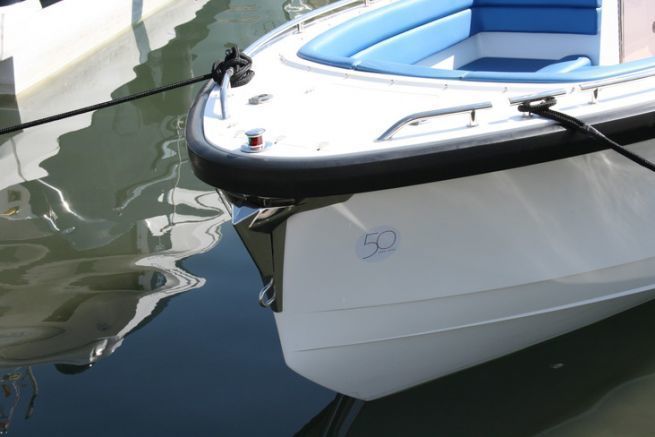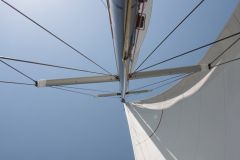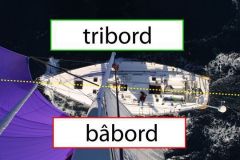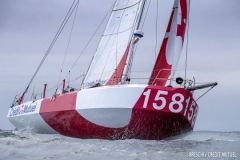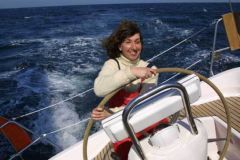Deadrise angle: a characteristic angle of the hull sections
To understand an object, you have to be able to describe it precisely and with the right terms. The hull of a boat is no exception to this principle. Its shape is often complex. Its description therefore requires many criteria and parameters. Let's take a look here at what is commonly called the V hull, or to use the precise term, the deadrise angle.
It is the angle, on a cross section of the boat, between the horizontal and the tangent to the hull at the keel. It varies according to the longitudinal position of the section.
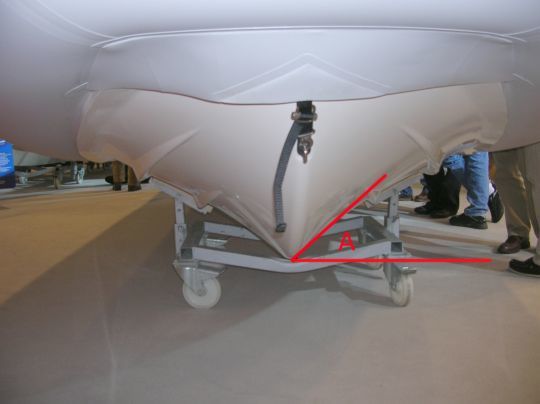
The hull section is effectively V-shaped, more or less flared.
Deep V bow to split the sea
The art of hull design handles hydrostatics and hydrodynamics. That is to say that it reconciles the distribution of the volume of the hull in a way that is adapted for the boat to float (sufficient volume) and to be horizontal (good distribution), with shapes adapted for a good behavior at sea when the boat moves and faces the waves. The front and rear shapes will not ensure the same functions.
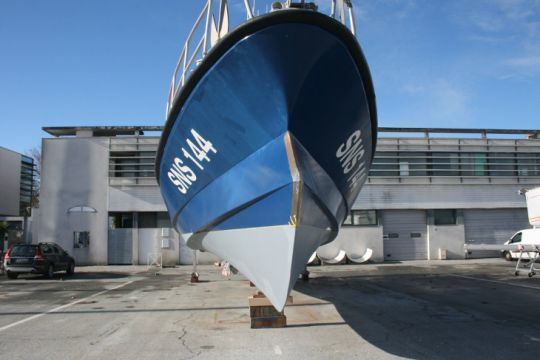
The forward portion of the hull is the first to enter the waves. To cope with complex sea conditions, a large V avoids hitting too hard when the boat pitches and falls back on the waves. This avoids impact and slamming behavior. By keeping a little volume at the top of the sections, we limit the risk of pitching, which exists for sections that are too thin.
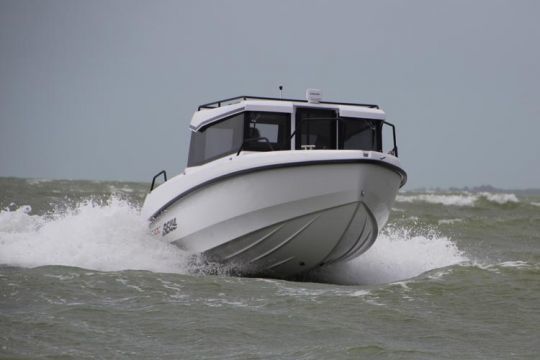
Yacht builders claiming a good sea passage often rely on the argument of a deep V.
Load-bearing rear surfaces for planing boats
Once the front sections are over, the function of the hull evolves. It is above all a question of being as efficient as possible to limit friction and resistance to forward motion. To do this, the majority of fast boats free themselves from the so-called archimedean function to plan. This phenomenon is created by the pressure of the water on the flat sections, which, like an airplane wing, lifts the boat in part, making it "weigh virtually less"
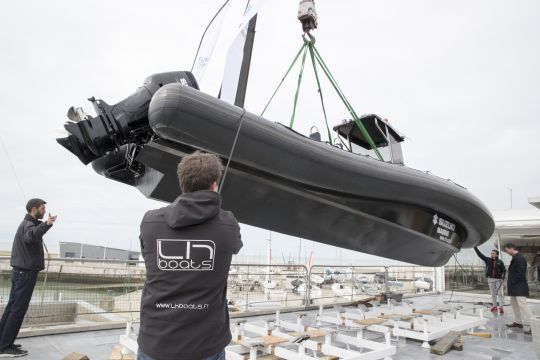
For the planning to work well, the surfaces must be fairly flat. Thus we see that the V generally decreases from the middle sections. It is often constant in the last third near the transom with deadrise angle values generally around 15 to 20° there.
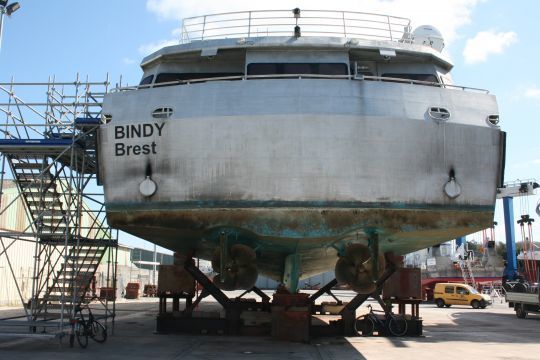
However, a hull that is too flat should be avoided on a fast boat, as the boat loses its stability of course, as the keel no longer performs its function of maintaining the course.
Once these principles are understood, it is up to the naval architect to find the right balance and the yachtsman to make good use of it!

 /
/ 